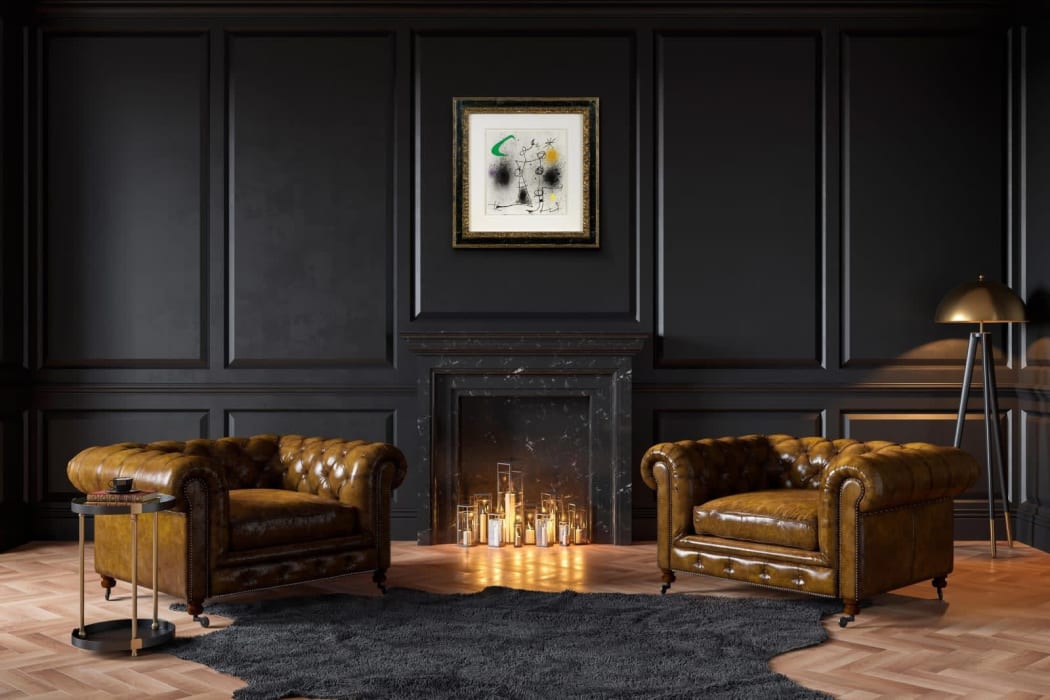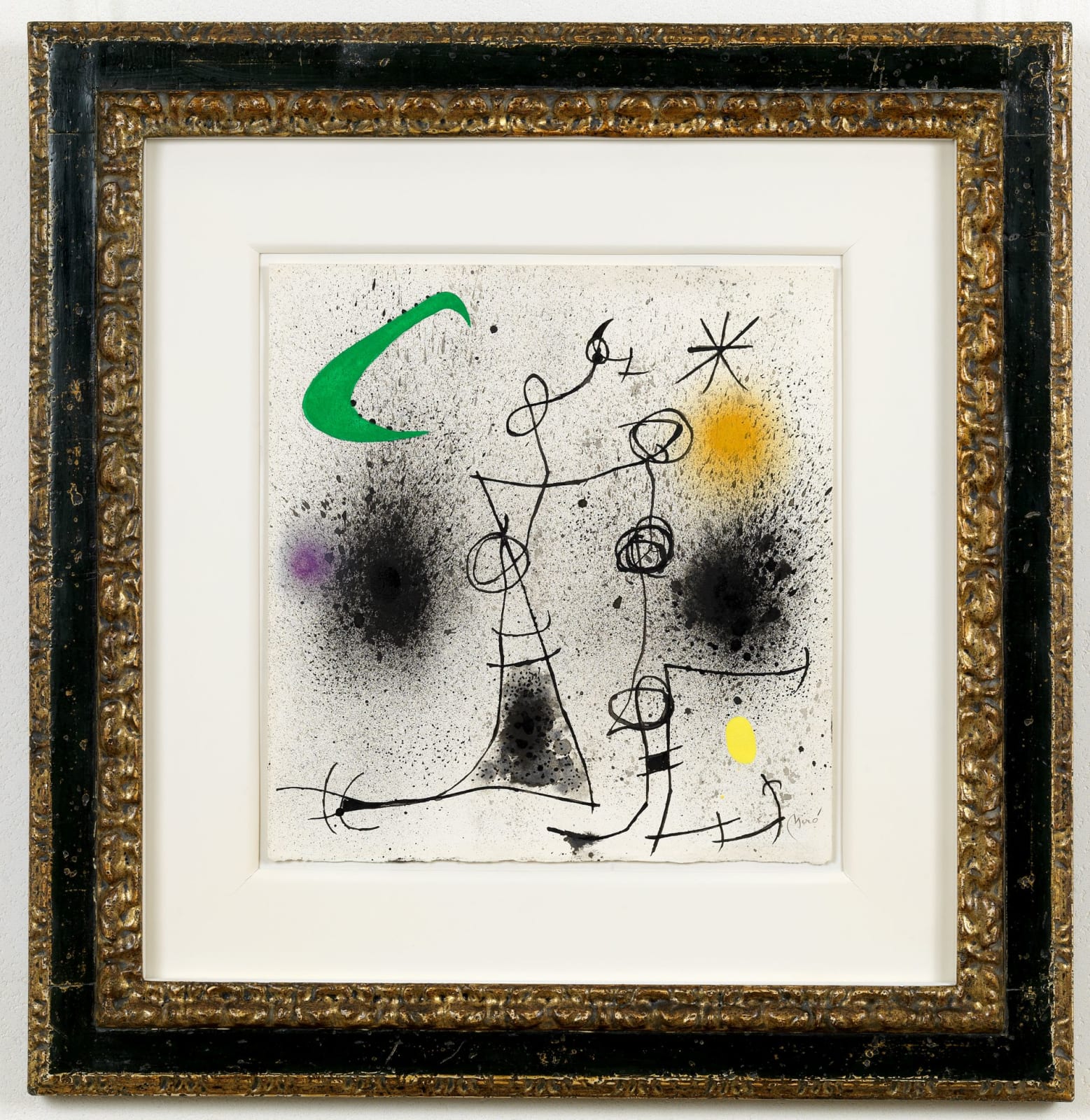
Breaking Artistic Boundaries: Surrealism and Beyond
Joan Miró was a prominent figure in the Surrealist movement, which sought to express the workings of the subconscious mind through dreamlike and fantastical imagery. Miró’s work often depicted a world of strange, distorted figures, floating objects, and vivid colours, expressing a sense of freedom and playfulness. His famous works, such as "The Farm" (1921–1922) and "Harlequin's Carnival" (1924–1925), exemplify his innovative approach to form, colour, and composition.
However, Miró was not confined by the boundaries of Surrealism. His artistic endeavours ventured into Fauvism, Magic Realism, and abstraction, demonstrating his versatility and resistance to categorization. This defiance of conventional artistic norms played a pivotal role in shaping contemporary art, opening avenues for exploration and experimentation for generations of artists.
The Language of Symbols
Joan Miró’s use of symbolism was a distinguishing feature of his art. He developed a lexicon of signs and symbols to convey his innermost thoughts and feelings. These recurring motifs – stars, eyes, birds, and more – became a language through which viewers could navigate his dreamlike worlds. This innovative visual vocabulary inspired subsequent artists to explore symbolism in their works, embedding deeper meanings and narratives within the canvas.
Impact on Abstract Expressionism
Miró’s influence extended to the development of Abstract Expressionism in the mid-20th century. His exploration of formlessness and abstraction paved the way for artists like Jackson Pollock and Mark Rothko. Miró’s use of automatic drawing, a technique that allowed the subconscious to express itself, played a vital role in the gestural painting style that became synonymous with Abstract Expressionism.

Public Art and Sculptures
Joan Miró’s artistic influence was not limited to painting alone. He ventured into the realm of public art and sculpture, creating monumental works that conveyed his whimsical style on a grand scale. The “Chicago” sculpture in Brunswick, Illinois, and the “Donna i Ocell” in Barcelona, stand as testament to Miró’s vision of integrating art into public life. His innovative approach to sculpture inspired artists to reimagine public spaces and pushed the boundaries of what public art could achieve.
Legacy and Continual Inspiration
Decades after his passing in 1983, Joan Miró’s impact on the art world endures. His fearless exploration of the subconscious mind and innovative artistic techniques continue to inspire artists across various disciplines. Contemporary artists draw on Miró’s vibrant colour palette, playful forms, and profound symbolism to explore new artistic frontiers.
In addition to the continued influence on artistic practices, Miró's works have found permanence in major museums and collections worldwide. The Fundació Joan Miró in Barcelona stands as a dedicated space celebrating his life and works, ensuring that future generations can experience and learn from his artistic legacy.
Joan Miró’s artistic journey was marked by continual evolution, exploration, and a defiance of norms. His contributions to Surrealism, Abstract Expressionism, and public art have had a lasting impact on the art world, shaping artistic expressions and dialogues. As we continue to delve into the whimsical and fantastical worlds he created, Miró’s legacy stands as a testament to the boundless possibilities of the human imagination.
Explore our collection of Joan Miro art for sale at Andipa and contact our gallery via sales@andipa.com or call +44 (0)20 7581 1244.